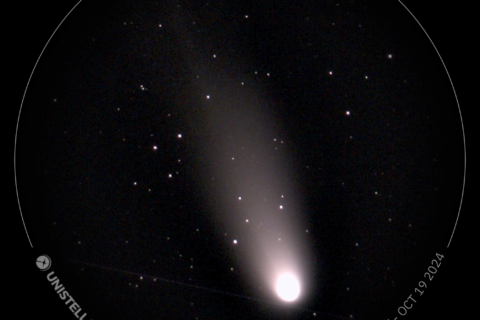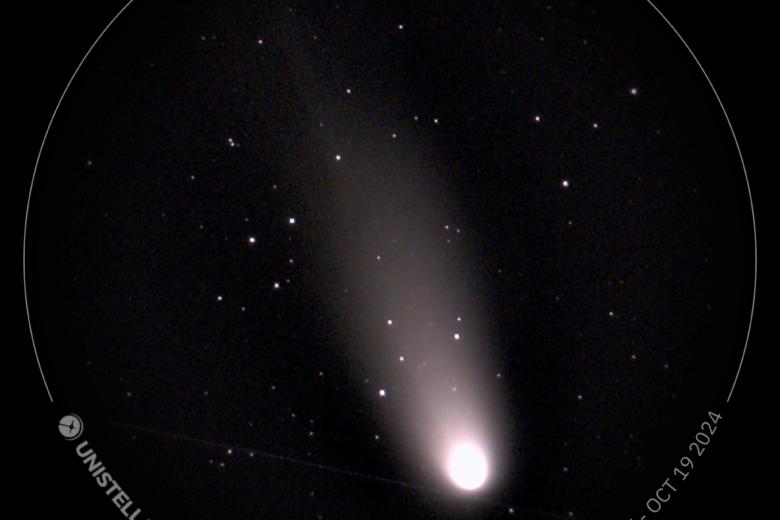
Sunday night is the predicted peak for the Orionid Meteor Shower. The best time to look for these bits of Comet Halley debris hitting our atmosphere is after midnight, especially in the hours before dawn.
“In 2024, the Orionid meteor shower should rain down its greatest number of meteors on the mornings of Oct. 20 and 21. The morning of Oct. 21 might bring the richest display of meteors,” according to EarthSky.org.
The Orionids are expected to produce about 10 to 20 meteors an hour. Viewing tips can be found here.
You do not need any equipment or know-how to enjoy the show. Just find a place where you can put a lounge chair or blanket to see the sky.
Starting at about 1 a.m. EDT in the east, the constellation for which this meteor shower is named “Orion the Hunter” hangs low above the horizon and will rise higher as the night progresses. A meteor that is part of the shower can be traced back to Orion. Sporadic meteors that are not part of the shower can be seen during the night as well.
The shower should improve toward dawn and Orionids can appear anywhere in the sky but looking straight up gives you the widest viewing area. This is where the lounge chair or blanket come in handy.
If you are a city dweller, you still may see the brightest Orionids as long as you are not staring into a streetlight or nestled in among tall buildings. Watching the Orionids is worth it from the suburbs as long as lights and obstructions are minimized as best you can.
The weather will be a big factor, so check the WTOP Weather page. Clear skies are forecast!
The other big factor is the bright waning gibbous Moon that will be in the sky for the Orionids. Try blocking the moon at your observing spot. The Orionids are bright so there is a good chance to still these rice-sized meteors of Comet Halley.
Bright Jupiter will be in the sky to the lower right of the Moon. Mars will be to lower left of Jupiter appearing reddish in color and near two bright stars in the constellation Gemini. The winter constellations will be in attendance as well. All in all, quite a night.
One last thing, Comet A3 is fading but still visible in the west an hour after sunset. Use these charts to help you in your sky observing.
Enjoy the shower and night sky with family, friends and/or your significant other. Some food and beverages are an added plus. Be sure to have extra clothing as it can get cool at night.
Follow Greg Redfern on Facebook, X and his daily blog to keep up with the latest news in astronomy and space exploration.
Get breaking news and daily headlines delivered to your email inbox by signing up here.
© 2024 WTOP. All Rights Reserved. This website is not intended for users located within the European Economic Area.








